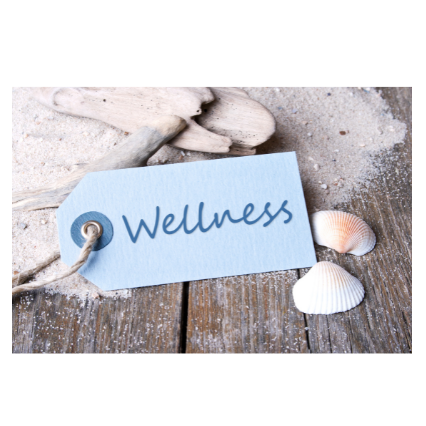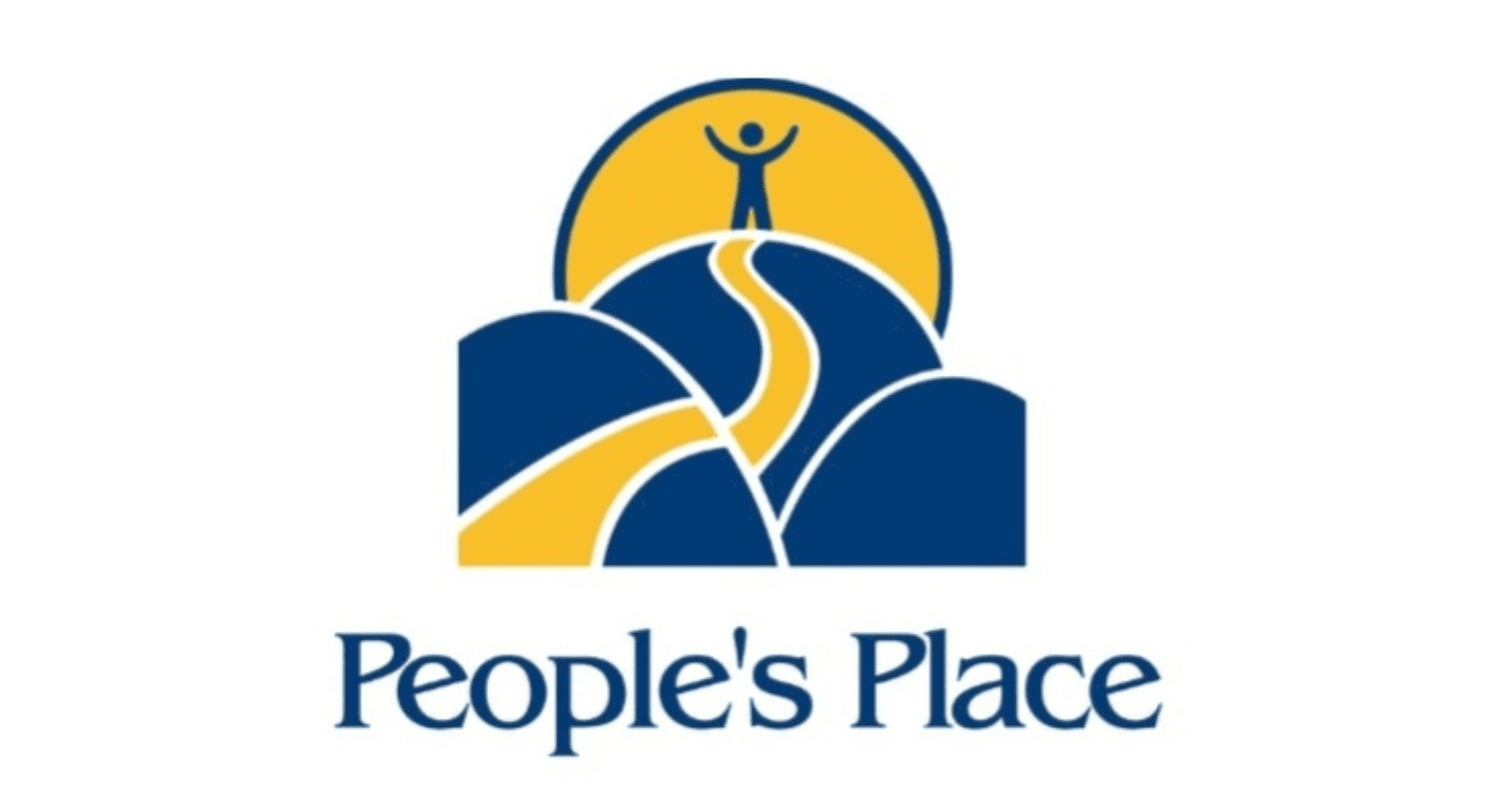Weaving Wellness into our Everyday
Kim Blanch, RN
Community Service Manager, Population Health
Beebe Healthcare

Here we are in August of 2021, having experienced a global pandemic and so many of its ripple effects. How do we begin again to care for ourselves? How do we fit wellness into our daily lives when there’s still so much to manage and navigate?
We bring our attention to our breath. That’s what we can do. It’s free, it’s always available, and it’s literally at the tip of our nose.
One long exhale. Followed by one long inhale. Breathing deeply into the low belly.
The first thing to go when we’re experiencing stress is our exhale. We get tense, we narrow our focus, and our breathing becomes shallow and constricted in stressful situations. When this happens, we lose the ability to pause which positions us to respond versus react. Exhale now, while you’re reading this. And at the end of that exhale, draw your navel toward your spine to fully expel the stale air lingering at the bottom of your lungs. Try to do this while exhaling through your nose. Make all the room you can for your next inhale. Breathe in slowly through your nose, if that’s available to you, and see if you can lengthen your inhale just a bit.
Breathing through our nose engages the diaphragm, which for most of us, needs the workout. It is designed to take on 80% of our respiratory effort and is lacking tone in most individuals with sedentary lifestyles and those who work at a desk all day. If our breath is shallow or we are a mouth breather, we are using the muscles in our neck and shoulders to do most of the work when they’re designed to take on just 20% of the effort. Breathing through our nose is the easiest way to make the diaphragm stronger, decrease strain on our neck and shoulders - where most of us carry tension related to stress - maintain adequate oxygenation, expel waste filtered out through our lungs, support clearer thinking and increase metabolism.
If you’ve ever heard of ocean-sounding breath or Darth Vader breath or Ujjayi as it’s called in yoga venues, try it now - relax your throat muscles so that you can better control the length, depth, and quality of that inhale…and the exhale that follows it. If those names don’t sound familiar to you, try to imagine you’re fogging a mirror or your eyeglasses. You may want to start with a mouth exhale to feel the muscles in your throat soften. If you can sense that place in your throat, keep your attention there as you close your mouth to breathe in and out through your nose. If that doesn’t fit for you, let it go. Just keep your focus on long, deep inhales into the low belly with even longer exhales, drawing the navel to the spine. Remember, when a stressor presents, lengthen the exhale.
A deep breath allows the lower lobes of your lungs to expand, stimulating what’s called the Vagus nerve, the 10th cranial nerve, and the primary conduit of the Parasympathetic branch of the Autonomic Nervous System (ANS). This nerve travels down the front of our spine from the base of our head all the way to our lower abdomen. It wakes up when we smile, when we breathe deeply, when we get lost in an activity we love, and when we finally find relaxation. The Vagus nerve innervates our organs, supporting our digestive system to function at its best. On the contrary, when we’re experiencing stress, the Sympathetic branch of our ANS is engaged and the fight-flight-freeze response is turned on. This drives blood flow away from our organs and to our limbs. It also causes our breath to become shallow and our vision and hearing go on high alert. This hardwired response certainly serves its purpose and is incredibly necessary and helpful when we’re in danger. However, it can lead to inflammation and dis-ease when constantly engaged.
A very accessible way for anyone to support their health and wellbeing is to bring mindful awareness to our breath. When we focus on our breath, we activate the Vagus nerve and the Relaxation Response. In that state of being, our body can begin to restore itself and the mind can quiet. A cascade of feel-good hormones is released when we breathe deeply and mindfully. These naturally occurring substances are health positive. They have proven to lift our mood, improve our sense of wellbeing, and support the body in recovering from the stress-related cascades we experience in tense or fearful situations, and when we lose the connection to our breath.
Our minds are often remembering the past or worrying about the future, but the breath is always in the present moment. We can’t breathe into the past or breathe into the future. So, bring your attention to your breath the next time you feel a stressor coming on, and exhale. Then pause. Inhale. Pause. Repeat.




